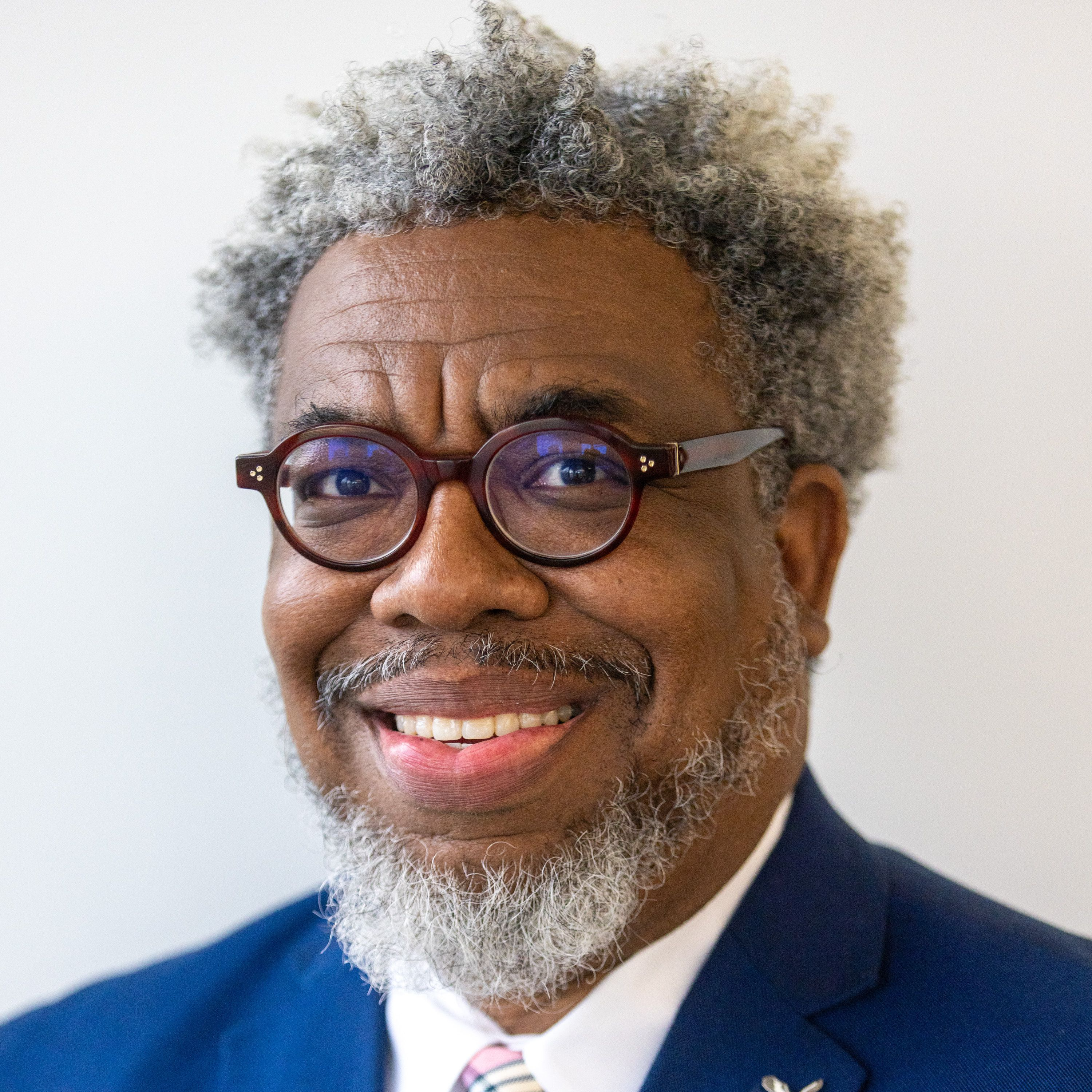The Rev. Fred L. Shuttlesworth, 89, civil rights icon, former SCLC president
The Rev. Fred L. Shuttlesworth, one of the most vocal and fiery leaders of the civil rights movement and a co-founder and former president of the Southern Christian Leadership Conference, died Wednesday morning in Birmingham. He was 89.
In a statement released Wednesday afternoon, President Barack Obama called the Rev. Shuttlesworth “a testament to the strength of the human spirit.”
“Today we stand on his shoulders, and the shoulders of all those who marched and sat and lifted their voices to help perfect our union,” said the president, who several years ago pushed the Rev. Shuttlesworth’s wheelchair across the Edmund Pettus Bridge in Selma, Ala., to commemorate the Selma to Montgomery civil rights marches.
The Rev. Martin Luther King Jr., in his 1963 book "Why We Can't Wait," called the Rev. Shuttlesworth "one of the nation's most courageous freedom fighters ... a wiry, energetic and indomitable man."
“He was a dedicated man and one of the most courageous I have ever known,” said the Rev. Joseph E. Lowery.
In the 1950s, the Rev. Shuttlesworth was pastor of Birmingham's Bethel Baptist Church. His civil rights activism led to several beatings, dozens of arrests and violent acts against him. On Christmas Day 1956, his Birmingham home was bombed. The next day, he led 250 people in a protest of segregation on buses in Birmingham.
A year later, when he tried to enroll his children in an all-white school, members of the Ku Klux Klan beat him with chains.
In 1957, the Rev. Shuttlesworth was one of five preachers who formed the SCLC, which would serve as the organizational base for the Rev. King’s civil rights efforts.
In 1963, the Rev. Shuttlesworth was one of the key organizers of a series of marches and demonstrations in Birmingham that led to some of the most dramatic images of the civil rights movement.
"He marched into the jaws of death every day in Birmingham before we got there," former Atlanta Mayor Andrew Young told the Associated Press. "We shouldn't have been strong enough to take on Birmingham, but God had a plan that was far better than our plan. Fred didn't invite us to come to Birmingham. He told us we had to come."
At the command of Birmingham Public Safety Commissioner Bull Connor, demonstrators were beaten, attacked by police dogs and hosed on national television. The Rev. Shuttlesworth was seriously injured.
Scholars say those images motivated the passage of the Civil Rights Act of 1964 and the eventual passage of the Voting Rights Act of 1965.
"From 1957 to 1963, nowhere was more important to the movement than Birmingham, and Fred Shuttlesworth, without a scintilla of doubt, was the essential, most courageous person in Birmingham,” said Pulitzer Prize-winning historian David Garrow. “Across that six or seven years, no one in America demonstrated more physical and emotional courage in the face of very likely death than Fred Shuttlesworth.”
The Rev. Shuttlesworth was born March 18, 1922, in Mount Meigs, Ala. He was actually born Freddie Lee Robinson, but later took the last name Shuttlesworth from his stepfather. His family survived by sharecropping and selling moonshine, which led to one of his first run-ins with the law. In 1940, he was sentenced to two years probation for moonshining.
As a young adult, he worked as a truck driver before finding his calling as a preacher.
The Rev. Shuttlesworth spent most of his life living in Birmingham or Cincinnati. He moved back to Birmingham for good in 2008, the same year the city renamed Birmingham-Shuttlesworth International Airport in his honor. A statue of him stands outside of the Birmingham Civil Rights Institute.
Funeral arrangements have not yet been finalized.
Survivors include his wife, Sephira Bailey Shuttlesworth; four daughters, Patricia Massengill, Ruby Bester, Carolyn Shuttlesworth and Maria Murdock; a son, Fred Shuttlesworth Jr.; a stepdaughter, Audrey Wilson; five sisters, Betty Williams, Truzella Brazil, Ernestine Grimes, Iwilder Reed and Eula Mitchell; 14 grandchildren; 20 great-grandchildren; and one great-great-grandchild.


